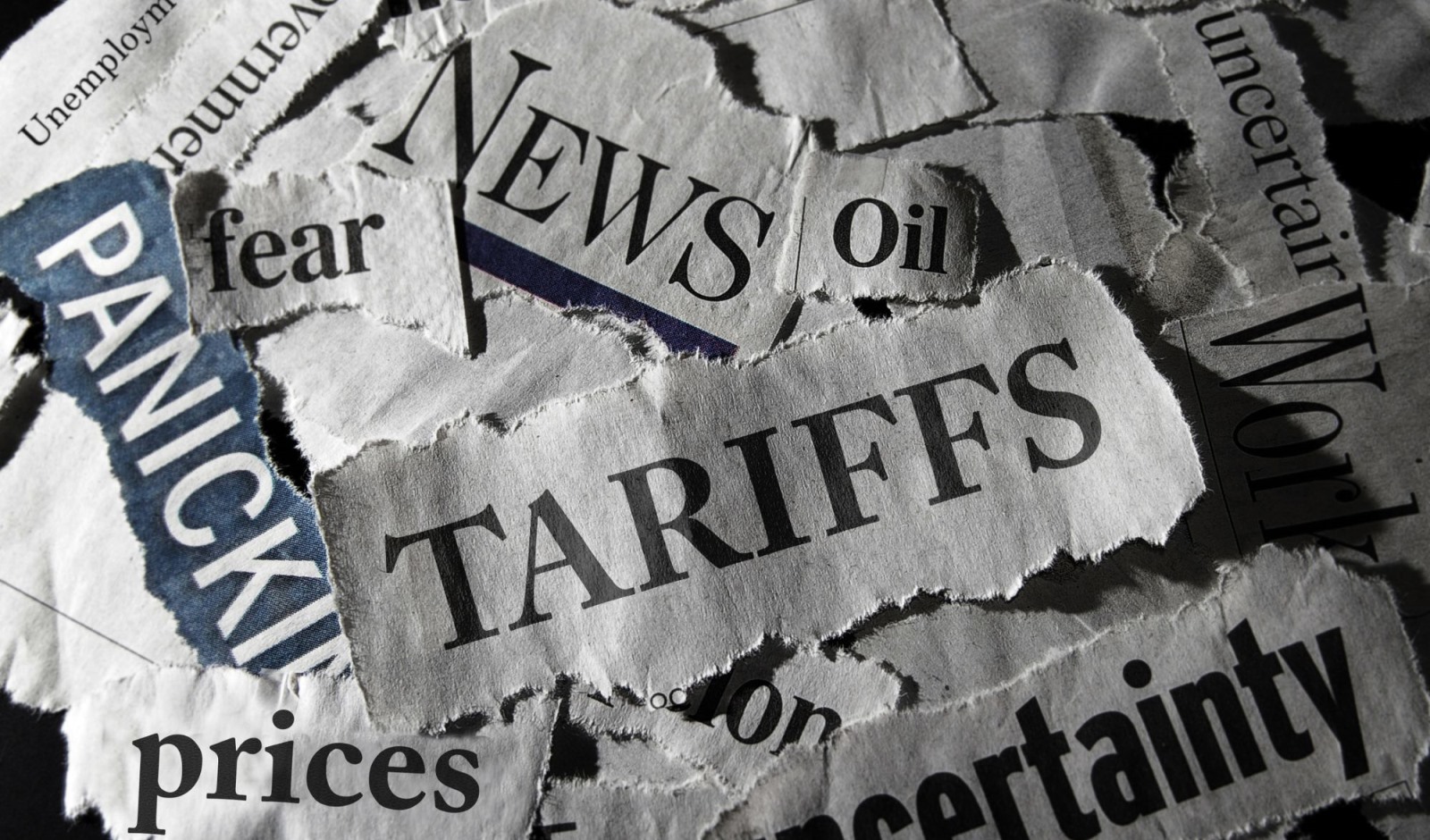What the Latest Tariffs Mean for Small Retailers—And How to Lessen the Impact

Updated Apr 3, 2025: On April 2, 2025, President Donald Trump proclaimed "Liberation Day," introducing significant tariff measures aimed at restructuring U.S. trade relationships. These measures include a universal 10% tariff on all imported goods, effective April 5, 2025, and higher "reciprocal tariffs" on the “worst offenders,” (about 90 nations) which will go into effect on April 9, 2025.
For small retailers, this marks a substantial shift in the economic environment, potentially affecting both operational costs and customers' purchasing power.
As consumer budgets tighten and shopping behaviors evolve, small retailers are confronted with challenging decisions. However, there are strategic approaches to adapt and maintain resilience in this changing economic landscape.
1. Rethink Pricing
- Adjust your pricing proactively to maintain margins.
- See if your suppliers can share some of the tariff burden.
- Shop around for the most affordable freight options.
2. Curate Your Product Line
- Add value-driven or budget-friendly items.
- Highlight product categories that remain essential or “worth the splurge.”
- Explore U.S.-made goods to appeal to patriotic or price-conscious shoppers.
- Test out new, untariffed product categories.
3. Diversify Your Supply Chain
- Research alternative manufacturing sources in countries like Mexico or Thailand.
- Consider working directly with manufacturers to cut out middlemen.
- Shift away from regions hit hardest by tariffs.
4. Optimize Daily Operations
- Pause major investments or hiring until the economic climate steadies.
- Use events and in-store experiences to keep foot traffic steady.
- Talk to your landlord about rent flexibility.
- Build contingency into your business plans—be ready to pivot.
5. Advocate and Educate
- Learn the ins and outs of how tariffs are shaping your industry.
- Share your story with lawmakers—they need to hear from small business owners.
- Consider inviting local officials to your store so they can see the real-world effects.
At the end of the day, small retailers are the backbone of their communities—and your adaptability is one of your greatest assets. Staying proactive, informed, and connected will help you weather these challenges and continue serving your customers, no matter what comes next.
We want to hear from you! Please take a few minutes to complete our Impact of Tariffs survey. Take survey here!
